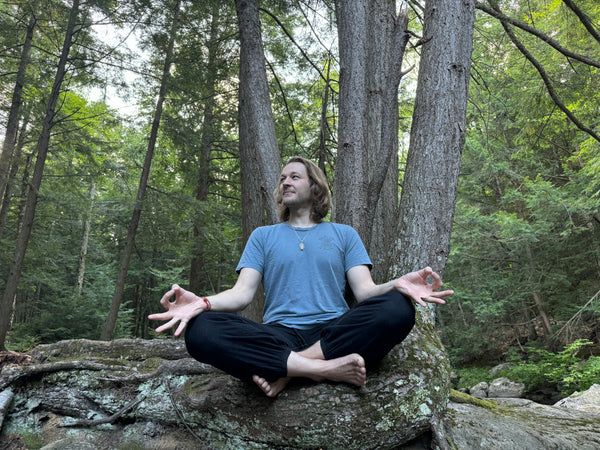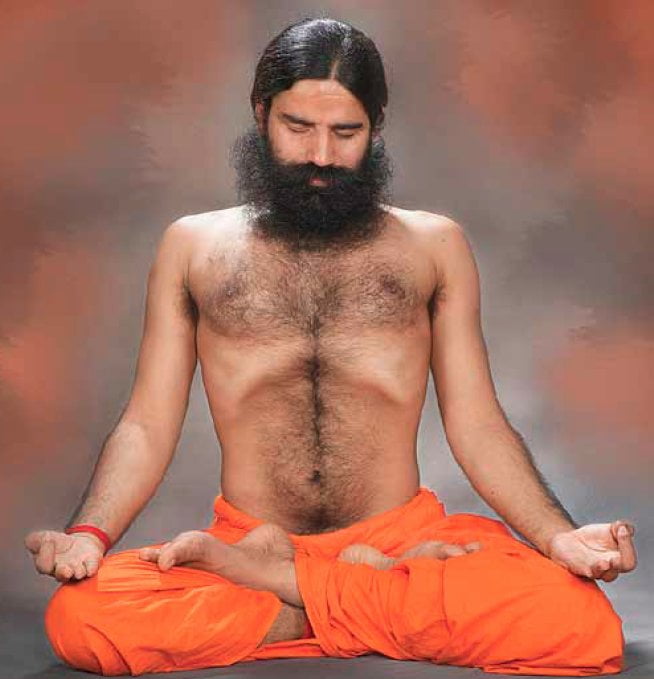Kumbhaka is a core aspect of Pranayama, the yogic science of breath control. In Sanskrit, “Kumbha” means “pot” or “vessel”, and “Kumbhaka” refers to the retention of breath, filling the body like a pot holds water. In yogic practice, kumbhaka is not merely about holding the breath; it’s a powerful technique to master the prana (life force), calm the mind, and access higher states of consciousness. So, see below the types of Kumbhaka.
Table of Contents
Types of Kumbhaka in Hatha Yoga Texts:
According to classical texts like the Hatha Yoga Pradipika and Gheranda Samhita, there are several specialized kumbhakas, each with unique energetic effects.
Here are eight types of Kumbhaka mentioned in traditional scriptures:
1. Surya Bhedana Kumbhaka:
- Performed after inhaling through the right nostril (Surya Nadi or Pingala).
- Activates internal heat and clears energy blockages.
- Used for awakening kundalini and balancing bodily humors (doshas).
2. Ujjayi Kumbhaka:
- Involves a gentle contraction of the throat during breathing (creating a soft ocean-like sound).
- Breath retention is done after inhalation.
- Excellent for calming the mind and balancing the prana.
3. Sitkari Kumbhaka:
- Inhale through the clenched teeth or side of the mouth, hold the breath, and exhale through the nose.
- Cooling in nature; beneficial for reducing excess heat in the body.
4. Sitali Kumbhaka:
- Inhale through a rolled tongue, hold the breath, and exhale through the nose.
- Like Sitkari, it cools the system and aids in detoxification.
5. Bhastrika Kumbhaka:
- Combines forceful inhalations and exhalations (bellows breathing) followed by retention.
- Energizing and purifying; awakens kundalini energy.
6. Bhramari Kumbhaka:
- Produces a humming bee sound on exhalation after retention.
- Soothing and harmonizing for the brain and nervous system.
7. Moorchha Kumbhaka:
- Involves intentional near-fainting through long breath retention.
- Aimed at achieving a trance-like meditative state (not advised for general practitioners).
8. Plavini Kumbhaka:
- Filling the stomach and lungs with air to create buoyancy (reportedly allows one to float).
- Rare and advanced technique; more symbolic than practical in modern yoga.
Benefits of Kumbhaka:
- Regulates the nervous system: Shifts the body into parasympathetic (rest-and-digest) mode.
- Balances the mind: Enhances clarity, focus, and emotional stability.
- Purifies nadis: Cleanses energy channels, allowing prana to flow freely.
- Stimulates chakras: Especially effective when combined with bandhas and mudras.
Guidelines and Precautions:
While Kumbhaka offers deep benefits, it must be practiced with awareness and caution:
Do’s:
- Learn under the guidance of an experienced teacher.
- Start with short retentions and gradually increase time.
- Practice on an empty stomach.
- Use bandhas appropriately (especially with Bahya Kumbhaka).
Don’ts:
- Avoid if you have high blood pressure, heart conditions, or anxiety disorders.
- Don’t strain or hold your breath forcefully.
- Never compete with others or rush progress.
Conclusion:
Kumbhaka is not just breath-holding; it is a bridge between body, mind, and spirit. Whether you’re practicing Antara Kumbhaka to build focus or exploring Kevala Kumbhaka for spiritual awakening, this powerful technique offers profound transformation. Start simple, go slow, and let your breath guide you into the deeper realms of yoga.
FAQ:
Q. What is Kumbhaka in yoga?
A. Kumbhaka is the practice of breath retention in yoga. It is a key component of Pranayama and is used to control prana (life force), calm the mind, and deepen meditation.
Q. What are the main types of Kumbhaka?
A. There are two primary types of Kumbhaka:
- Antara Kumbhaka: Internal breath retention after inhalation.
- Bahya Kumbhaka: External breath retention after exhalation.
In classical Hatha Yoga, there are also eight advanced kumbhakas, such as Surya Bhedana, Ujjayi, Bhastrika, and Moorchha.
Q. What is Kevala Kumbhaka?
A. Kevala Kumbhaka is a spontaneous and effortless state of breath suspension that occurs naturally during deep meditation or samadhi. It is considered an advanced and highly spiritual state.
Q. How is Kumbhaka different from just holding your breath?
A. While it may appear similar to simple breath-holding, Kumbhaka is a mindful, purposeful, and energetically aligned practice. It involves awareness, control, and sometimes the application of bandhas (energy locks) to regulate subtle energies.
Q. Can beginners practice Kumbhaka?
A. Yes, beginners can practice basic Antara and Bahya Kumbhaka, but only after developing a stable breath rhythm through simple pranayama like Nadi Shodhana or Ujjayi. Start with short retentions (2–5 seconds) and increase gradually.
Q. How long should I hold the breath in Kumbhaka?
A. It depends on your level. As a general guideline:
- Beginners: 2–5 seconds
- Intermediate: 5–15 seconds
- Advanced: 30 seconds to 1 minute or longer
Always listen to your body and avoid straining.
Q. Do I need to use bandhas during Kumbhaka?
A. Yes, bandhas (energy locks) are often used, especially in Bahya Kumbhaka, to control and direct the flow of prana:
- Mula Bandha (root lock)
- Uddiyana Bandha (abdominal lock)
- Jalandhara Bandha (chin lock)
They enhance the energetic effects of the practice, but should be learned under supervision.
Q. What is the purpose of advanced Kumbhaka techniques like Bhastrika or Moorchha?
A. Advanced Kumbhakas serve specific purposes:
- Bhastrika energizes and purifies.
- Moorchha induces meditative or trance-like states.
- Plavini is said to enhance buoyancy.
These should be attempted only after mastering foundational practices.
Q. Can I practice Kumbhaka during meditation?
A. Yes. Kumbhaka deepens meditation by stilling the breath and mind. Over time, you may experience spontaneous breath retention (Sahaja Kumbhaka) as a sign of progressing in meditation.





